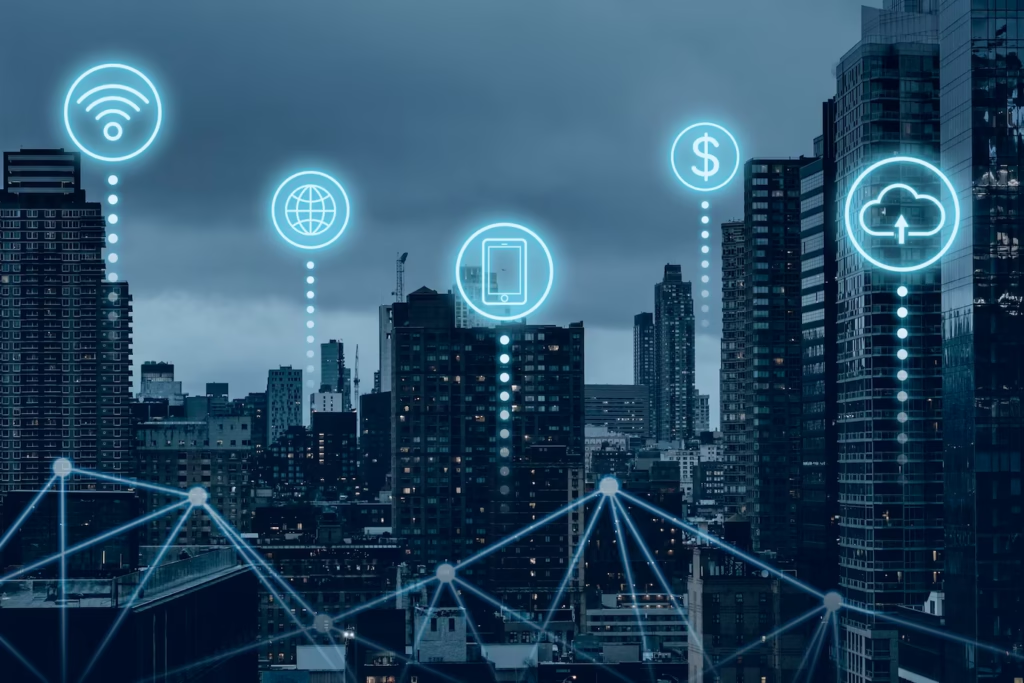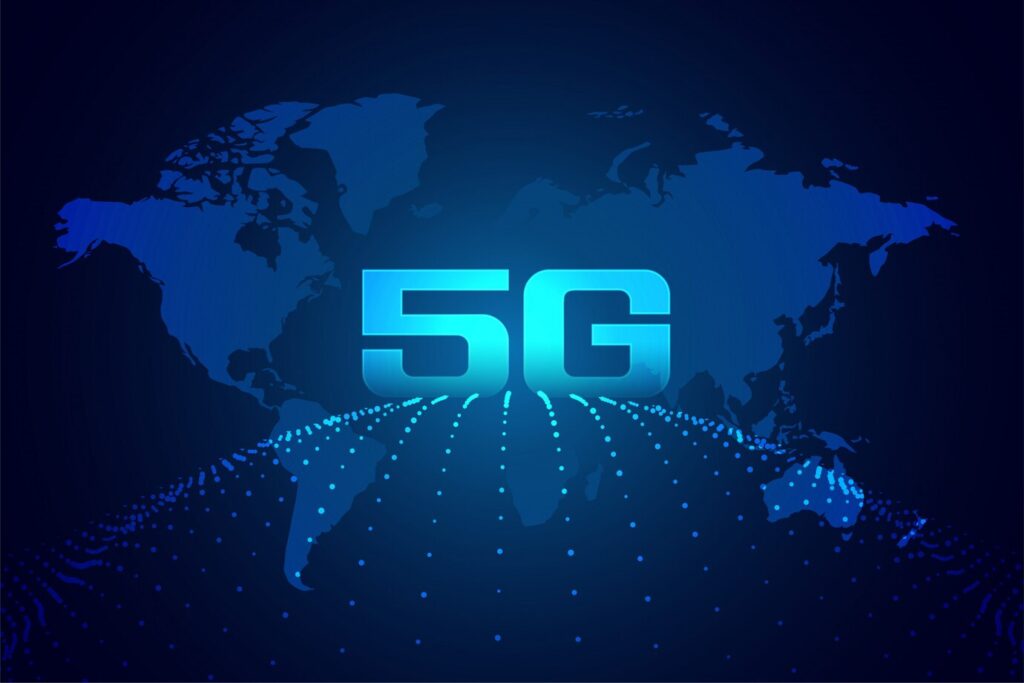The rollout of 5G, the fifth generation of mobile networks, has been a game-changer for technology, promising blazing-fast speeds, ultra-low latency, and the ability to connect millions of devices simultaneously. From powering smart cities to enhancing virtual reality, 5G is reshaping how we interact with gadgets and the internet. As 2025 marks a pivotal year for global connectivity, a burning question remains: Will 5G reach every corner of the globe by the end of this year? This article dives into the current state of 5G deployment, regional progress, challenges, and what it means for consumers like you, all while exploring whether universal coverage is achievable in 2025.
The State of 5G in 2025: A Global Snapshot
Since its commercial debut in 2019, 5G has expanded rapidly. By mid-2025, over 2.4 billion 5G connections are active worldwide, a 48% year-over-year growth, driven by 354 commercial 5G networks across urban and suburban areas. Industry forecasts estimate that 5G covers approximately 58% of the global population, with projections reaching 65% by year-end. North America leads with 83% population coverage, followed by Asia-Pacific (e.g., South Korea at 90%), while Europe and Latin America lag due to regulatory and infrastructure hurdles.
However, “every corner of the globe” implies universal coverage, including rural and remote regions. Despite impressive growth, 5G’s reach remains uneven. Urban centers like Seoul, New York, and Shanghai enjoy robust 5G networks, but rural areas, low-income countries, and geographically challenging regions (e.g., deserts, mountains) face significant gaps. For GadgetShaker readers, this means your 5G experience depends heavily on where you live..
“Regional Progress: Leaders and Laggards”.
North America: A 5G Powerhouse
North America, particularly the U.S., boasts 314 million 5G connections and 83% population coverage in 2025. Operators like T-Mobile, with median download speeds of 388 Mbps, leverage mid-band spectrum for nationwide reach. Canada follows closely, with urban areas fully covered. For consumers, this translates to seamless streaming, gaming, and IoT applications on smartphones and smart home devices. However, rural U.S. and Canadian regions still rely on 4G, limiting 5G’s universal reach.
Asia-Pacific: Setting the Pace
South Korea, the first to launch 5G in 2019, leads with 90% adoption and speeds up to 746 Mbps, driven by operators like SK Telecom. China covers 341 cities, the most globally, with 5G in 528 Asian cities overall. Japan’s 60% coverage supports innovations like robotics for Osaka Expo 2025. For consumers, 5G enables augmented reality apps and autonomous vehicle trials, but rural Asia faces connectivity gaps due to high infrastructure costs.
Europe: Steady but Slow
Europe’s 5G rollout is progressing, with Germany targeting 99% household coverage and the UK aiming for 95% by 2025. However, only 40% of the EU population is covered, with delays in 26 GHz band auctions stalling progress. Consumers enjoy 5G in cities like Berlin and London, but rural areas and Eastern Europe lag, limiting applications like telemedicine.
Latin America and Africa: Emerging but Limited
Latin America has 76 million 5G connections, with Brazil and Chile leading, but 4G dominates at 74% of connections. Africa’s 5G coverage is minimal, with 55% of its population lacking even 4G. High costs and regulatory barriers hinder deployment, meaning consumers in these regions rely on slower networks for basic tasks like browsing or video calls.
“Why Universal 5G Coverage Is Unlikely in 2025”.
Despite 5G’s rapid growth, several challenges make global coverage by 2025 unrealistic:
1. Infrastructure Costs
Building 5G networks requires massive investment—estimated at $600–650 billion globally by 2025. High-frequency mmWave bands, which deliver the fastest speeds, require dense networks of small cells, making rural deployment prohibitively expensive. For example, covering remote African villages or Alaskan wilderness is less profitable, so operators prioritize urban areas.
2. Spectrum Allocation
Efficient spectrum management is critical, but delays in auctions (e.g., EU’s 26 GHz band) slow rollout. Low-band spectrum offers better coverage for rural areas but lower speeds, while mid-band balances both but is scarce. Consumers in spectrum-constrained regions may face inconsistent 5G performance.
3. Device Affordability
Even where 5G is available, adoption hinges on affordable 5G-compatible devices. In Latin America, many users replace phones with 4G models due to cost, stunting 5G growth. For consumers, this means limited access to 5G’s benefits, like low-latency gaming, without upgrading.
4. Regulatory and Security Concerns
Regulatory differences between the U.S., EU, and other regions complicate deployment. Security fears, such as bans on Chinese equipment (e.g., Huawei), have slowed progress in countries like the UK. Additionally, 5G’s IoT expansion raises cybersecurity risks, prompting stricter regulations that delay rollout.
5. Geographical and Economic Barriers
Remote areas (e.g., Pacific islands, Amazon rainforest) face logistical challenges, from power supply to tower installation. Low-income countries, where 3G remains dominant, lack the funds to leap to 5G. For consumers in these areas, 4G or older networks will persist beyond 2025.

What 5G Means for Consumers in 2025
Even without universal coverage, 5G is transforming consumer experiences where available:
- Faster Gadgets: In urban areas, 5G delivers speeds 10–100 times faster than 4G (e.g., 432 Mbps in South Korea), enabling 4K streaming and cloud gaming on devices like the Samsung Galaxy S26 or iPhone 17.
- IoT and Smart Homes: 5G supports millions of connected devices, enhancing smart thermostats, security cameras, and wearables with real-time data.
- Augmented Reality (AR): Apps for virtual try-ons or navigation leverage 5G’s low latency, enriching shopping or travel experiences.
- Telemedicine: 5G enables remote surgeries and diagnostics, improving healthcare access in connected regions.
For consumers in uncovered areas, 4G remains a reliable alternative, covering 90% of the global population. However, you’ll miss out on 5G’s advanced features until coverage expands.
Looking Beyond 2025
While 5G won’t reach every corner of the globe in 2025, forecasts predict 84% population coverage by 2029, with 8.4 billion connections. Innovations like non-terrestrial networks (e.g., 5G via satellites) could bridge rural gaps, while 5G-Advanced (deployed in Finland and China in 2025) will boost speeds to 10 Gbps. For consumers, expect:
- Broader Coverage: By 2030, 5G may cover 90% of the population, with 6G emerging.
- Affordable Devices: Cheaper 5G smartphones will drive adoption in developing regions.
- New Applications: Autonomous vehicles and smart cities will rely on 5G, enhancing daily life.
GadgetShaker’s Take
At GadgetShaker, we’re tracking 5G’s rollout to keep you informed. While global coverage in 2025 is unlikely, 5G is already revolutionizing tech for millions. Whether you’re streaming in Seoul or browsing in a rural town, understanding 5G’s reach helps you navigate the connected world. Got thoughts on 5G’s impact? Share them via our Contact Us page or comment below!

